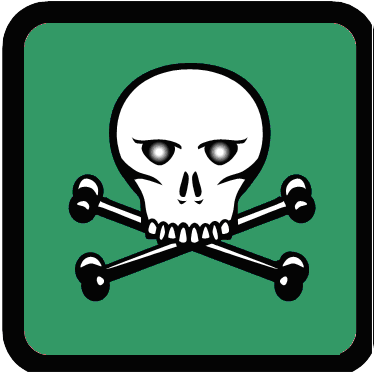Team:KULeuven/Project/CellDeath
From 2008.igem.org
(Difference between revisions)
(→BioBricks) |
m (→Action) |
||
| Line 12: | Line 12: | ||
===Action=== | ===Action=== | ||
| - | When the concentration HSL is big enough (see the [https://2008.igem.org/Team:KULeuven/Model/CellDeath#CellDesigner_.28SBML_file.29 modeling page]), | + | When the concentration of HSL is big enough (see the [https://2008.igem.org/Team:KULeuven/Model/CellDeath#CellDesigner_.28SBML_file.29 modeling page]), HSL will form a complex with the LuxR protein and thus activate the LuxpR promoter. This results in ''ccdB'' production and eventually in cell death ([http://www.ncbi.nlm.nih.gov/pubmed/10196173?dopt=Abstract reference]). |
Revision as of 21:05, 31 July 2008
dock/undock dropdown
Contents |
Cell Death
BioBricks
Components
The luxR protein [http://partsregistry.org/Part:BBa_C0062 BBa_C0062] is placed under control of the constitutive promoter [http://partsregistry.org/Part:BBa_J23100 BBa_J23100]. The ccdB suicide gene [http://partsregistry.org/Part:BBa_P1010 BBa_P1010], on its part, is placed under control of the LuxpR promoter [http://partsregistry.org/Part:BBa_R0062 BBa_R0062].
Action
When the concentration of HSL is big enough (see the modeling page), HSL will form a complex with the LuxR protein and thus activate the LuxpR promoter. This results in ccdB production and eventually in cell death ([http://www.ncbi.nlm.nih.gov/pubmed/10196173?dopt=Abstract reference]).
 "
"


